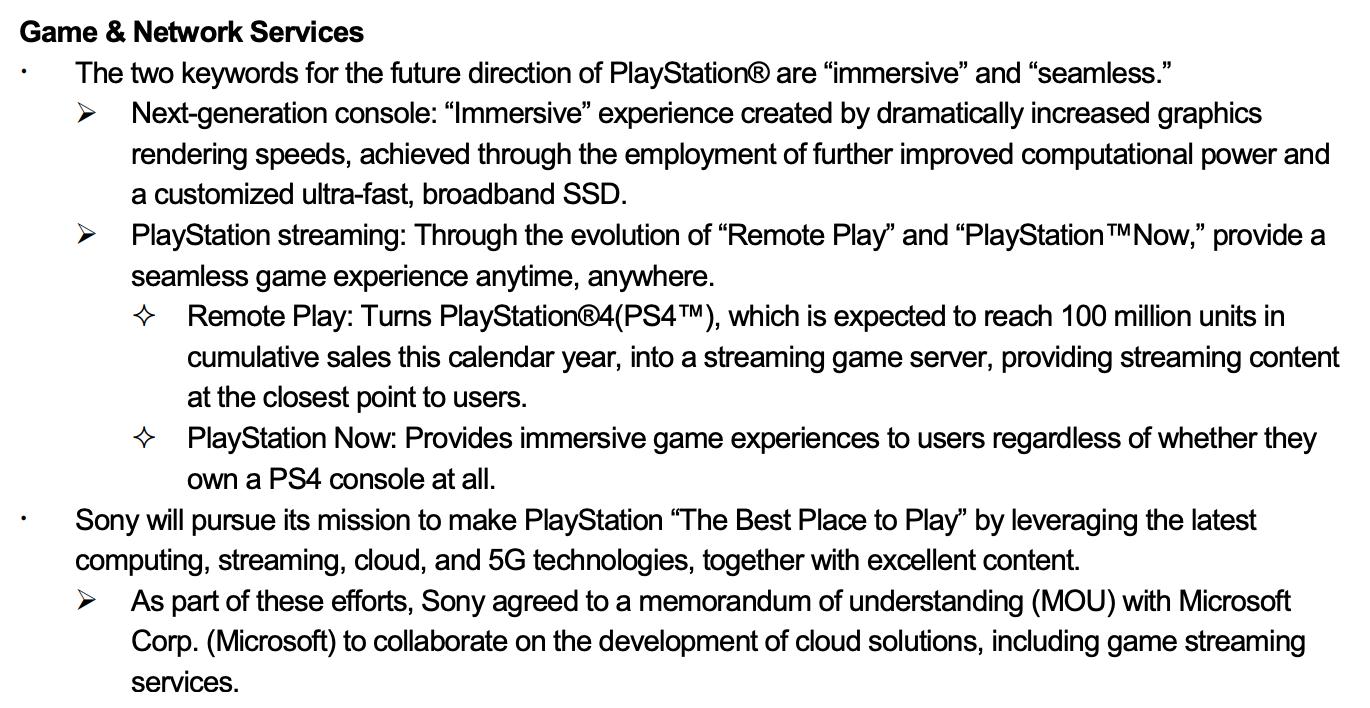Couldn't find the "1600 cycles" on the article, and would like to see who in the industry acctually present those metrics anywhere.this does 1600 cycles.
Early TLC drives were made from planar flash, where the small cell size resulted in low number of write cycles. Modern TLC 3D NAND has larger sized cells and thus a higher number of write cycles. It is also cheaper so you can provision more NAND for error correction purposes which together push the write cycles to what planer MLC NAND enjoyed 3-4 years ago.
XPoint's primary advantage is its ability to provide byte-sized write accesses. NAND need to be erased and written in blocks (typically 256KB). Write granularity is completely irrelevant because games are large.
Cheers
Granularity is relevant to the "cache" approach, not necessarily the "nvme" solution.

